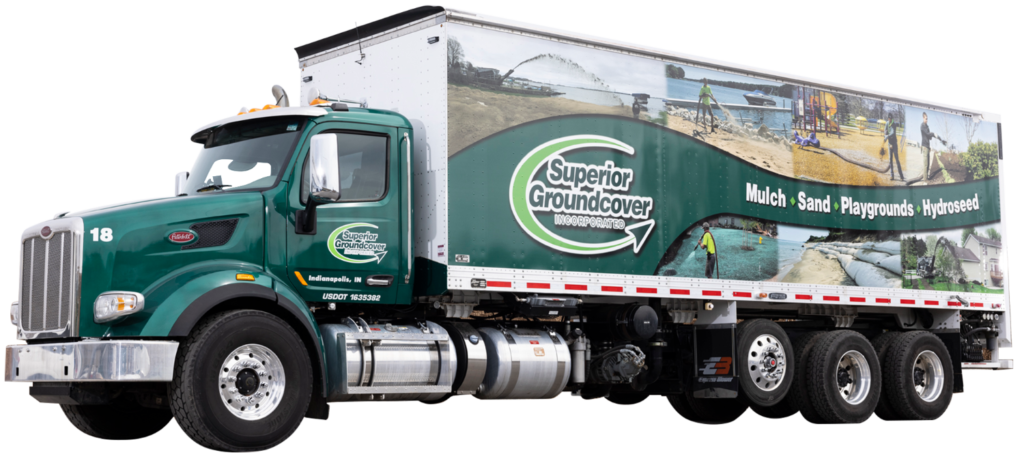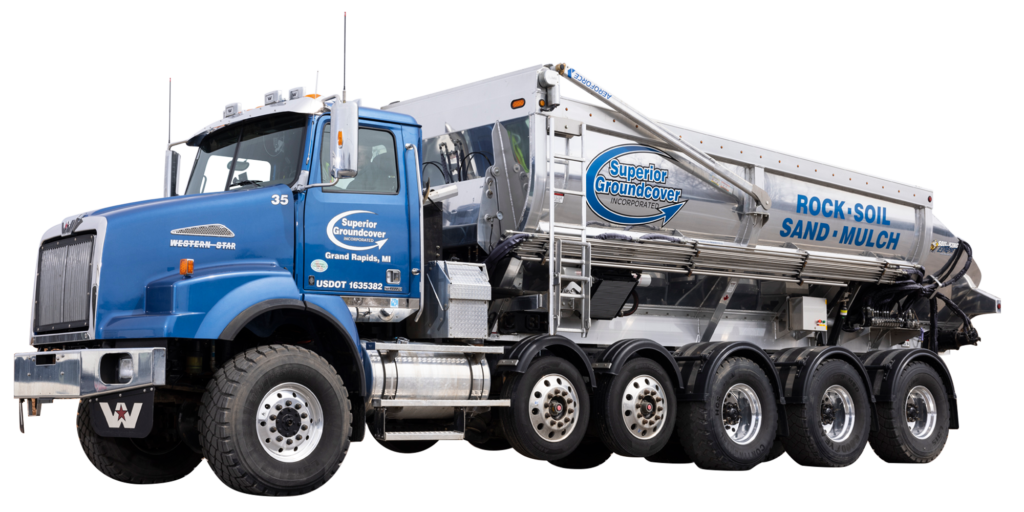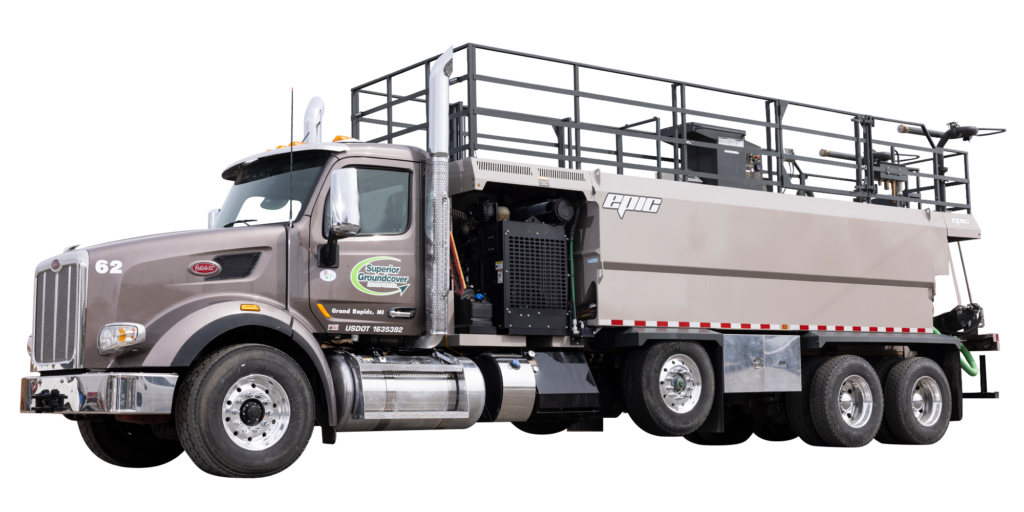Planting new grass costs both time and money, so it’s important to create the best conditions for it to grow with the first seeding. Whether you’re fixing a dead patch in your front yard or seeding your whole lawn, knowing how to prep a lawn for grass seed will help it grow healthy and strong.
When Is the Best Time to Plant Grass Seed?
The best time to plant grass seed is typically in the late summer and early fall. During this time, your seed is less likely to face a drought or be drowned by flooding. It also keeps the heat of the sun from drying out the grass.
It’s a good idea to plant your grass seed at least a month and a half before you expect the first frost of the year. This will make sure the seeds have fully germinated and will grow healthy in the spring. If waiting until the fall is too long, late spring is also a good time to plant new grass—as long as you wait until after the frosts have ended.
Compared to DIY methods, a professional grass planting service that uses methods such as hydroseeding or Terraseeding® can give your grass a much better chance of taking root. Depending on your location and your soil, a professional service may enable you to plant your grass outside of the typical season.
How to Prep a Lawn for Seeding
1. Test the Soil
Even the best grass seed that has plenty of water and fertilizer will struggle to grow in the wrong soil. We always recommend conducting a soil test to ensure the optimal conditions for your seed.
There are DIY soil tests available that will allow you to determine the pH of your soil, but a professional test is the best option. A landscaping or ground cover expert can give you expert recommendations and determine if you need an application of topsoil to help your seed grow.
Topsoil is specifically designed to contain organic materials and to help grass absorb water and nutrients. It can be delivered and installed on its own or with a mixture of compost. A professional installation service can spread the topsoil at the right depth and consistency for new grass to grow.
Services such as Terraseeding will mix grass seed into the topsoil to apply them both at the same time. This provides a layer that protects the grass seed from wind, water, and animals. It is especially useful in heavily sloped areas or on top of erosion and water control solutions such as SOX and sediment control berms.
2. Create a Watering Plan
An effective watering plan is essential to making sure your grass gets the support it needs to be successful. We recommend watering the lawn three times a day, for enough time to maintain a damp, but not soaking wet environment, for 4–6 weeks after the grass has been planted.
The best times to water your lawn are in the early morning, late morning, and early to mid-afternoon. If you’ve received some rain, you may be able to skip a watering or two that day. But if you’re facing a drought, we recommend watering your lawn up to five times a day. Never let new grass seed go for more than a day without watering.
You should also take care not to overwater your lawn, which could drown the grass seed and decrease your chances of success. Standing water can draw in pests and expose your grass to disease. For that reason, we advise against watering your lawn late in the evening or at night. Grass absorbs less water at night, and the water is much less likely to evaporate, which means it will be left standing until morning.
3. Stock Up on Fertilizer
There are plenty of different types of fertilizer on the market, and the best one for your project will depend on your location, soil, and type of seed. Fertilizers that are high in phosphorous are a popular choice. But if you work with a professional grass seed application company, they can give you expert recommendations on the type of fertilizer to use for your lawn.
After the initial application, we recommend waiting around three to four weeks to start fertilizing your grass. Once you do, you can place fertilizer about once every three weeks for the first two to three months. After that, you might move to once every month or longer, depending on how the grass is growing.
4. Prepare the Soil for Grass Seed
If you’re planting the grass seed yourself, we recommend removing any existing weeds or older grass to make way for the new. A shovel or spade is good for smaller areas, but you may want to get a sod cutter if you’ve got a lot of ground to cover. You can typically rent a sod cutter from a local heavy equipment dealer.
You’ll also want to make sure the ground is smooth and accommodating for the seed. Take out any big rocks you find, level out the ground, and rake or till the soil to break it down and soften it up.
5. Plant!
For small lawns and patch repairs, you can probably plant the seed by hand. But there are also spreaders available for sale or rent, which can make the process much faster—and they can ensure a more even spread of the seed. Be sure to follow the instructions on the seed you purchased on how much to apply.
Once you’re done, you’ll want to protect the grass seed by gently raking soil over the top of it. You may also want to apply a layer of straw over the ground to protect the seed from wind and rain. However, straw doesn’t always create the nicest or most professional look for your lawn, and it can be time-consuming to clean up afterward.
Using a professional hydroseeding service is a great way to quickly and effectively plant grass on your property. A hydroseeding truck can spray a liquified mixture of grass seed, fertilizer, soil amendments, and water that will grow quickly—and it won’t be an eyesore in the meantime.
Professional Grass Seeding with Superior Groundcover
The team at Superior Groundcover can quickly lay down hydroseeding or Terraseeding to save you time and minimize disruption to your property. We have one of the largest fleets in the Midwest, and we frequently work on commercial and government projects to create beautiful, healthy grass.
Superior works closely with our clients to use the best solution for their soil and their property. Our blower and sprayer trucks have long hoses, which allows our team to easily apply the soil, compost, or hydroseed without driving onto sensitive areas of your lawn.




